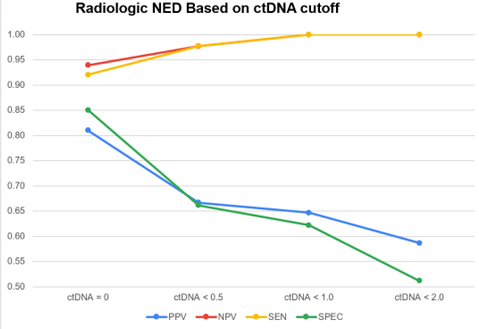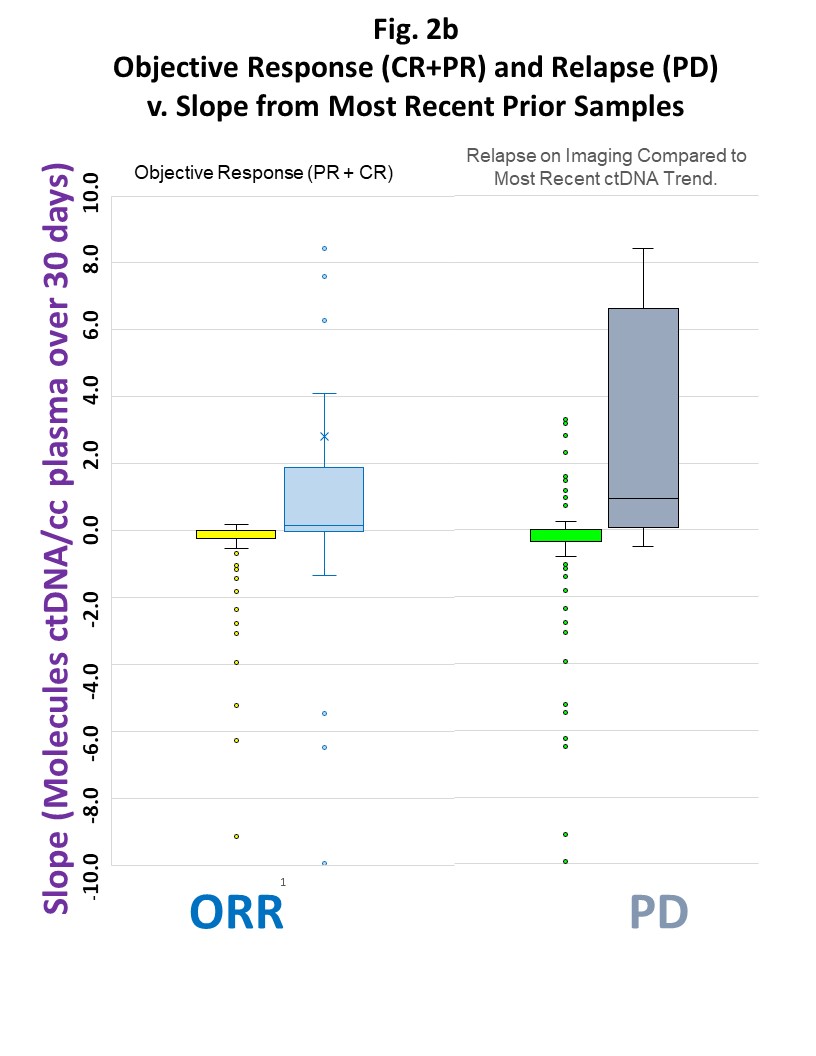Hematology/Oncology
Hematology/Oncology 2
156 - First Report of Tumor-Informed Circulating Tumor DNA in Fibrolamellar Carcinoma in Adolescents and Young Adults: 51 patients.
Publication Number: 156.22

Paul M. Kent, MD (he/him/his)
Medical Director
FibroFighters Foundation
River Forest, Illinois, United States
Presenting Author(s)
Background:
Fibrolamellar Carcinoma (FLC) is a rare form of primary liver cancer (100 cases/year), affecting healthy Adolescents and Young Adults (AYA). The established standard of care is surgery. However recurrence is 80% even with R0 surgery, suggesting that FLC is a systemic disease not only a surgical disease. Systemic therapies in retrospective studies show immunotherapy chemotherapy c has shown success in management of other cancers. Our retrospective study of 51 patients is the first report of ctDNA in FLC.
Objective: Analyze ctDNA in FLC.
Design/Methods:
All patients consented to blood draws on a 1-3 monthly basis and had regular imaging reviewed by the FibroFighters Foundation National Tumor Board. Complete response (CR), Partial response (PR) ( >30% decrease), Progressive Disease (PD) ( >20% increase), and Stable Disease (SD) (neither PD/PR/CR) were determined according to the Response Evaluation Criteria in Solid Tumors (RECIST)1.1. The imaging closest in time to the blood draw was used for correlation purposes. “Negative” is defined as a value = 0.00 mean ctDNA molecules/ml and “Positive” as > 0.00. "Monthly Slope/Trend" is defined as 30*(difference between consecutive values)/(days). PPV/NPV/sens/spec refer to positive/negative predictive value/sensitivity/specificity.
Results:
Fifty-one FLC patients (24M,27F, median age 22, range 10-56), 92% stage (III/IV), contributed 214 samples (mean 4.2/patient, range 1-11). Negative values correlated with no evidence of disease (NED) on imaging 65% of the time, positive values with disease 48% [PPV/NPV/sens/spec of 0.65/0.48/0.35/0.76]. NPV and sens increased to almost 100% with a ctDNA threshold of > 1.0 at the expense of a lower PPV and spec (Fig 1). However, consecutive negative ctDNA values correlated with radiologic NED 87% [PPV/NPV/sens/spec = 0.87/0.88/0.78/0.93] without a single PD in this cohort (n=58). A “downward slope” predicted Objective Response (CR+PR) and Disease Control (CR+PR+SD) at 65% and 96% [PPV/NPV/sens/spec of 0.65/0.48/0.35/0.76 and 0.96/0.27/0.36/0.94, respectively], while an “upward trend” predicted relapse 55% [PPV/NPV/sens/spec = 0.55/0.98/0.94/0.81] (Fig. 2a/2b).
Conclusion(s): In this first reportof 51 AYA FLC patients, and 214 tissue-informed cell free ctDNA data points, positive and negative values performed well for predicting “disease” or “NED” respectively, especially for consecutive values of zero, where no PD were observed. A downward trend performed better than an upward trend to predict objective response or relapse.

